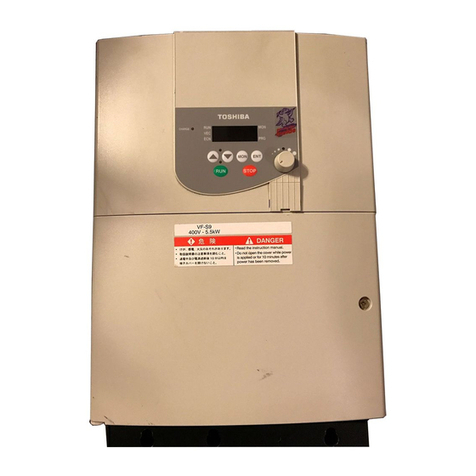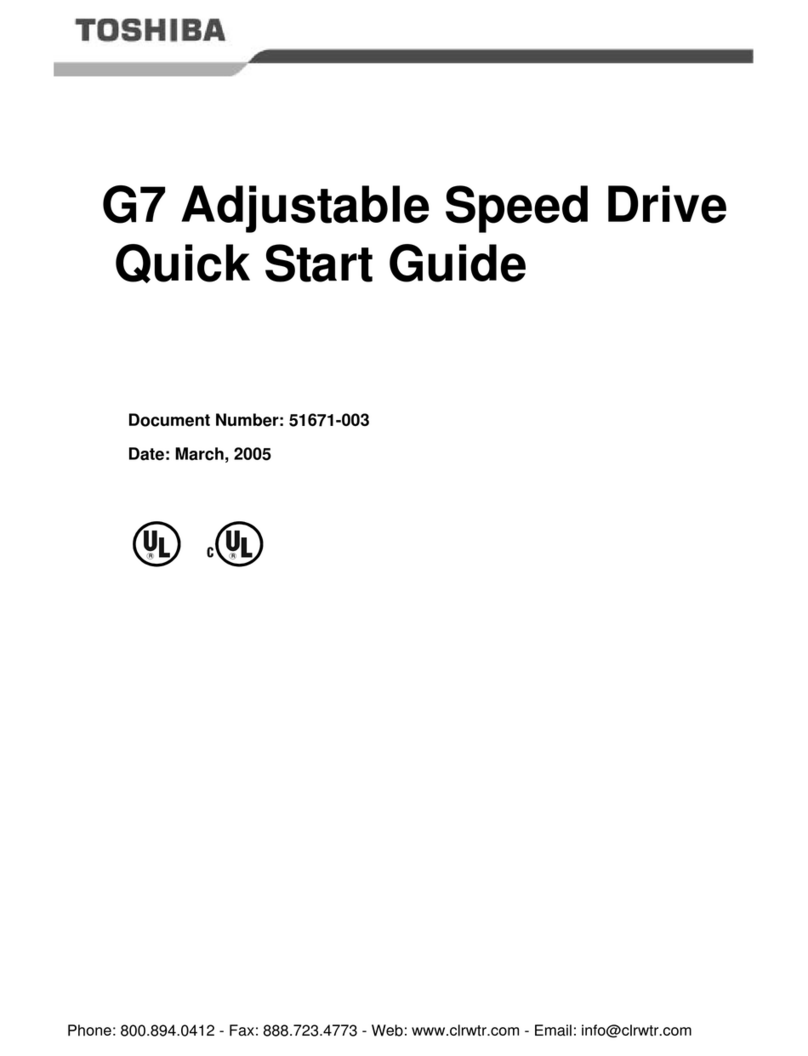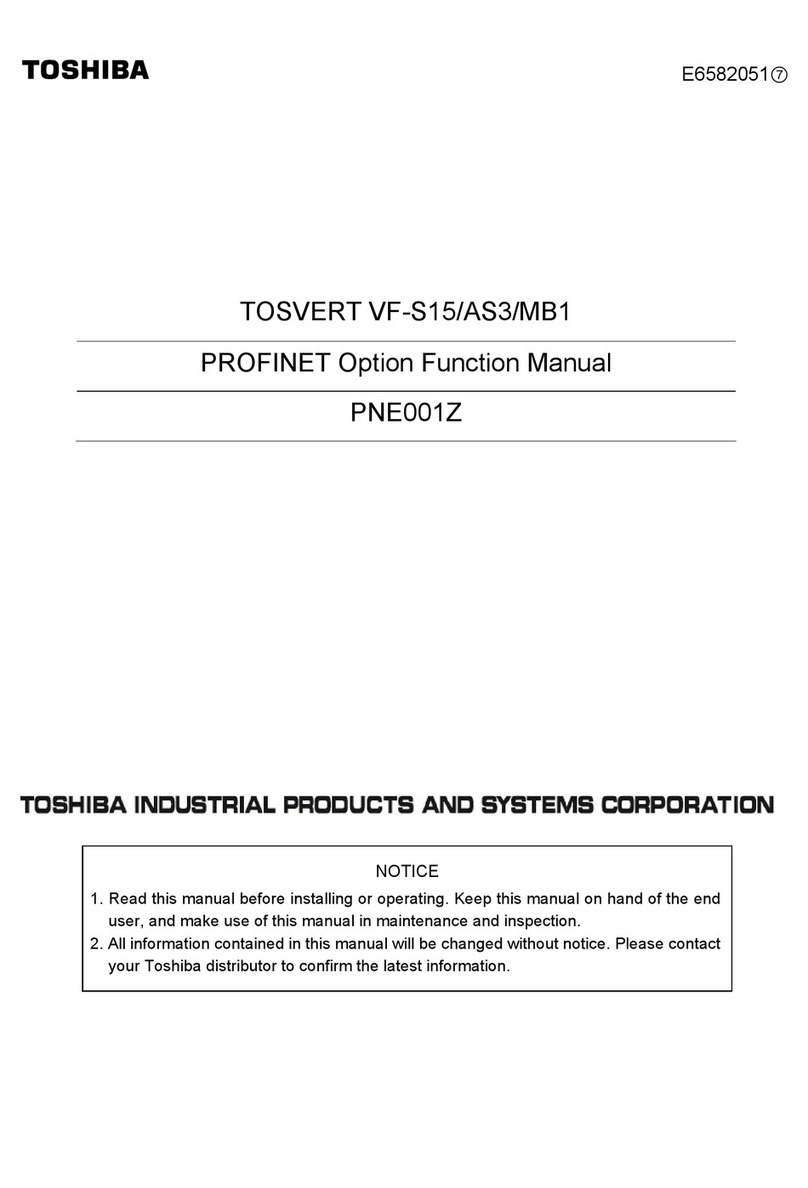Toshiba VF-NC3C User manual
Other Toshiba Inverter manuals

Toshiba
Toshiba TOSVERT VF-AS3 User manual
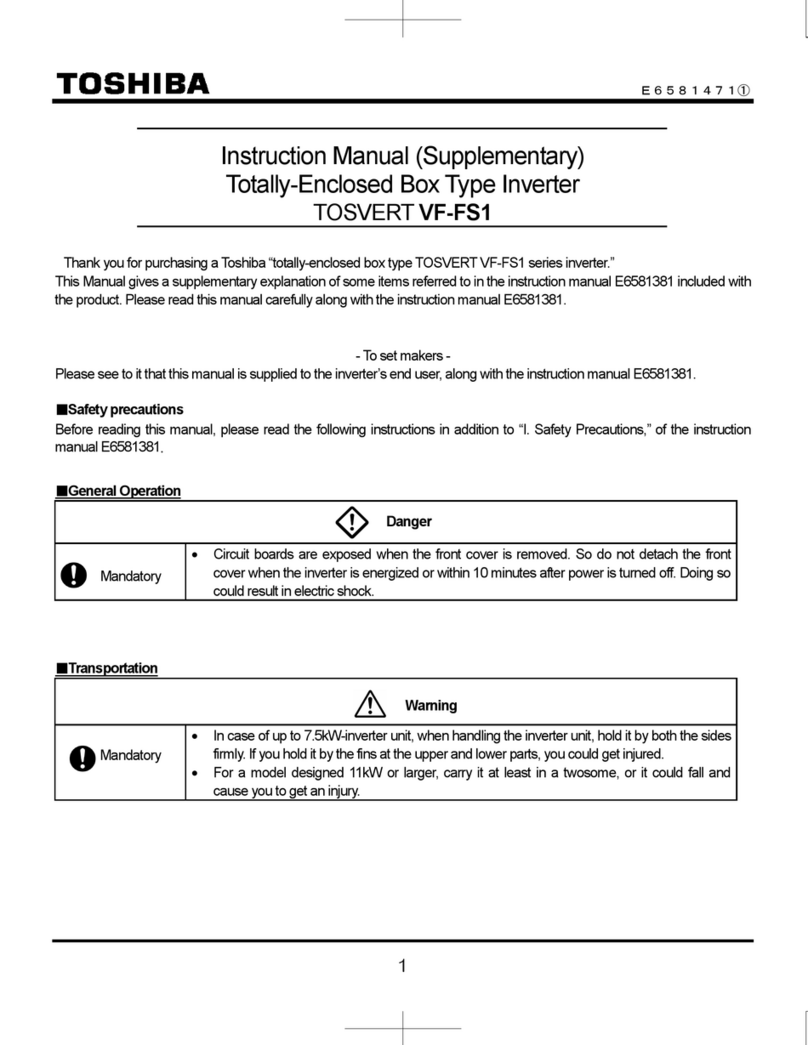
Toshiba
Toshiba TOSVERT VF-FS1 Series User manual
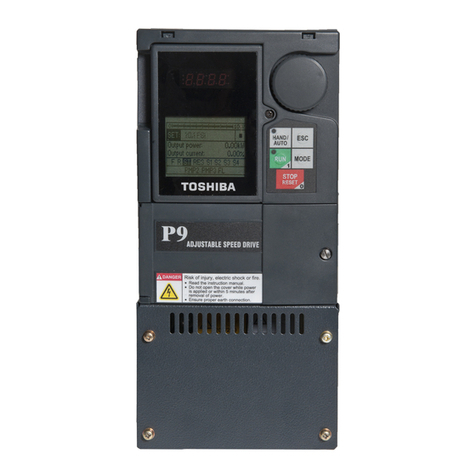
Toshiba
Toshiba P9 ASD User manual
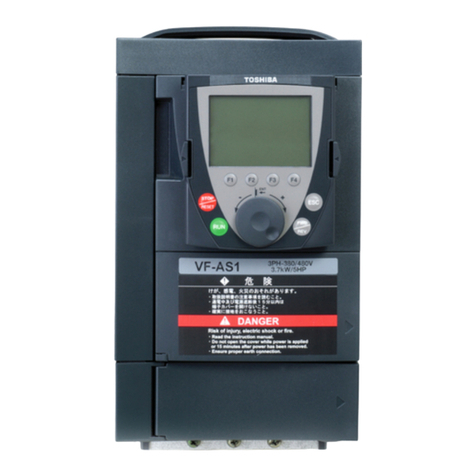
Toshiba
Toshiba TOSVERT VF-AS1 Series User manual

Toshiba
Toshiba Tosvert VF-A5 User manual

Toshiba
Toshiba TOSVERT VF-AS1 Series User manual

Toshiba
Toshiba TOSVERT VF-AS1 Series User manual
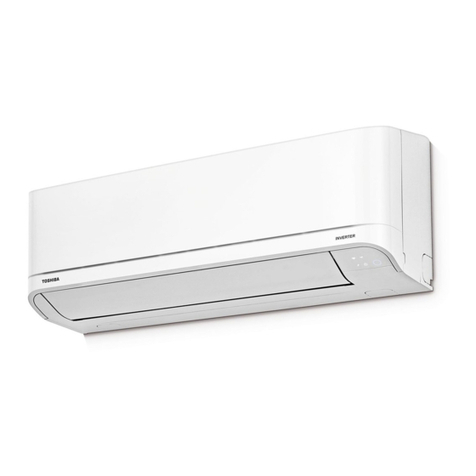
Toshiba
Toshiba RAS-25PKVSG-ND User manual
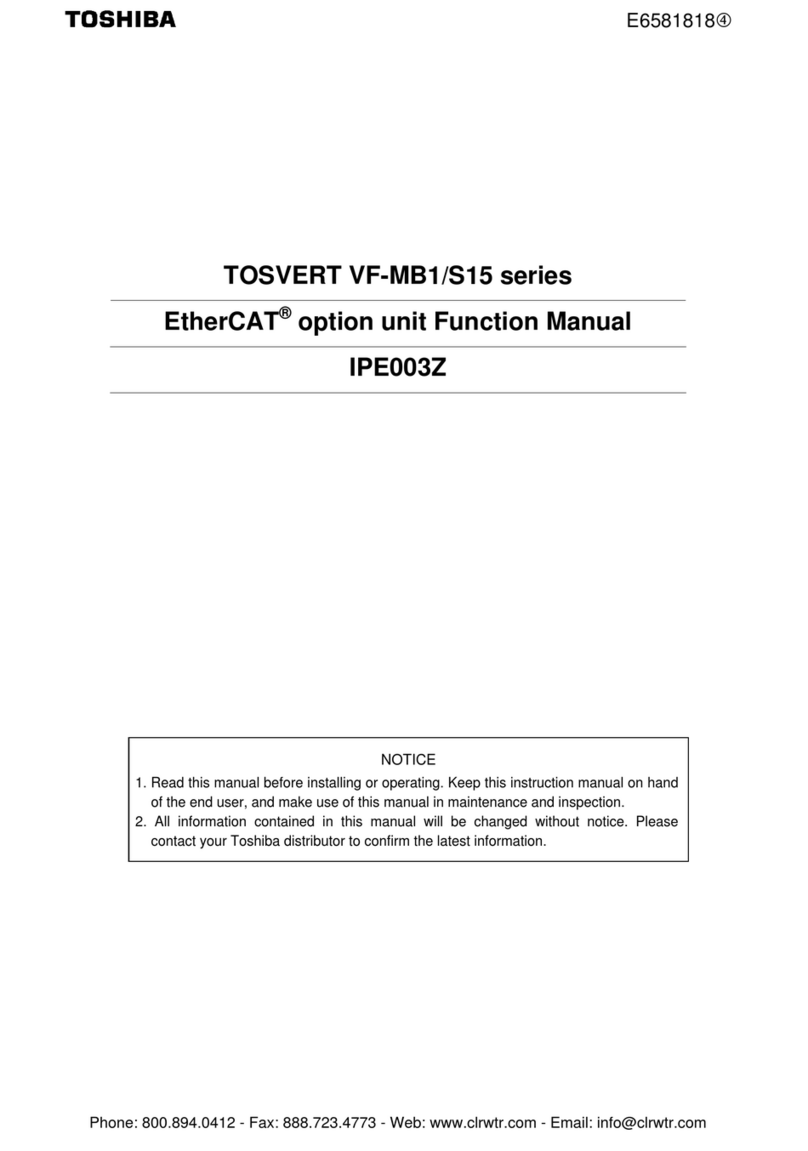
Toshiba
Toshiba TOSVERT VF-MB1 Parts list manual
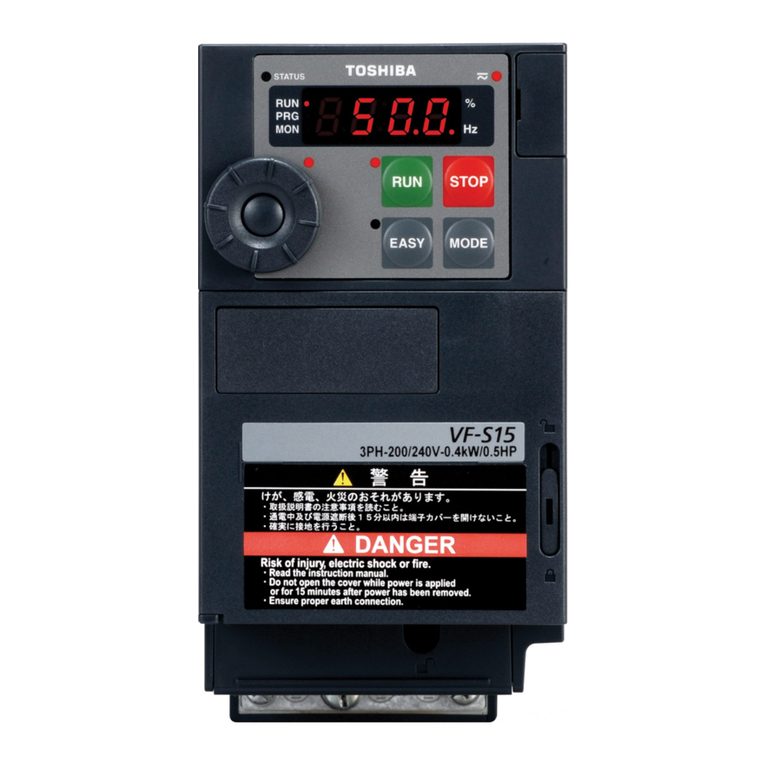
Toshiba
Toshiba TOSVERT VF-S15 series Instruction manual

Toshiba
Toshiba TOSVERT IPE001Z User manual
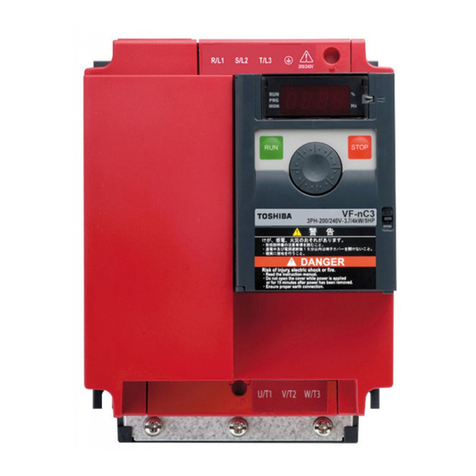
Toshiba
Toshiba TOSVERT VF-nC3 User manual
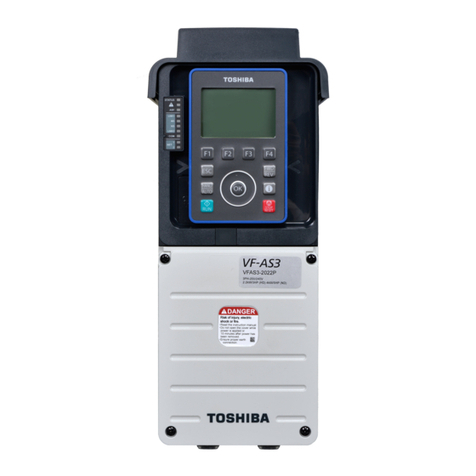
Toshiba
Toshiba TOSVERT VF-AS3 User manual

Toshiba
Toshiba TOSVERT VF-S15 series User manual
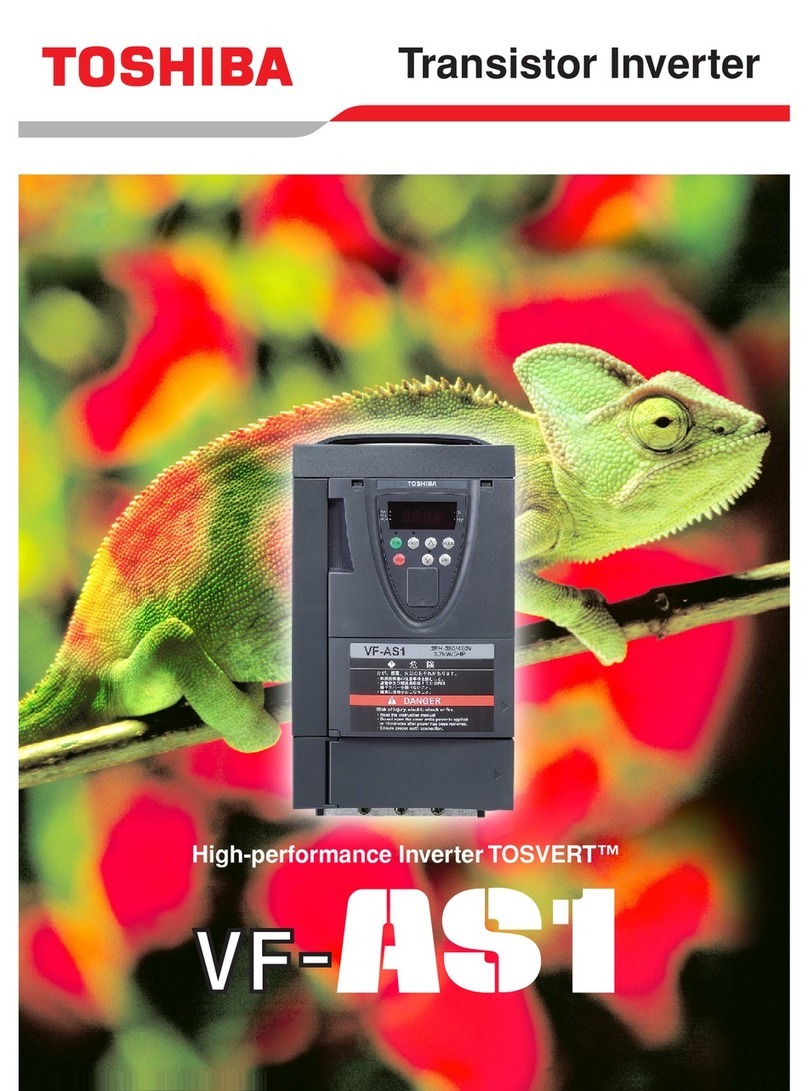
Toshiba
Toshiba TOSVERT VF-AS1 Series User manual
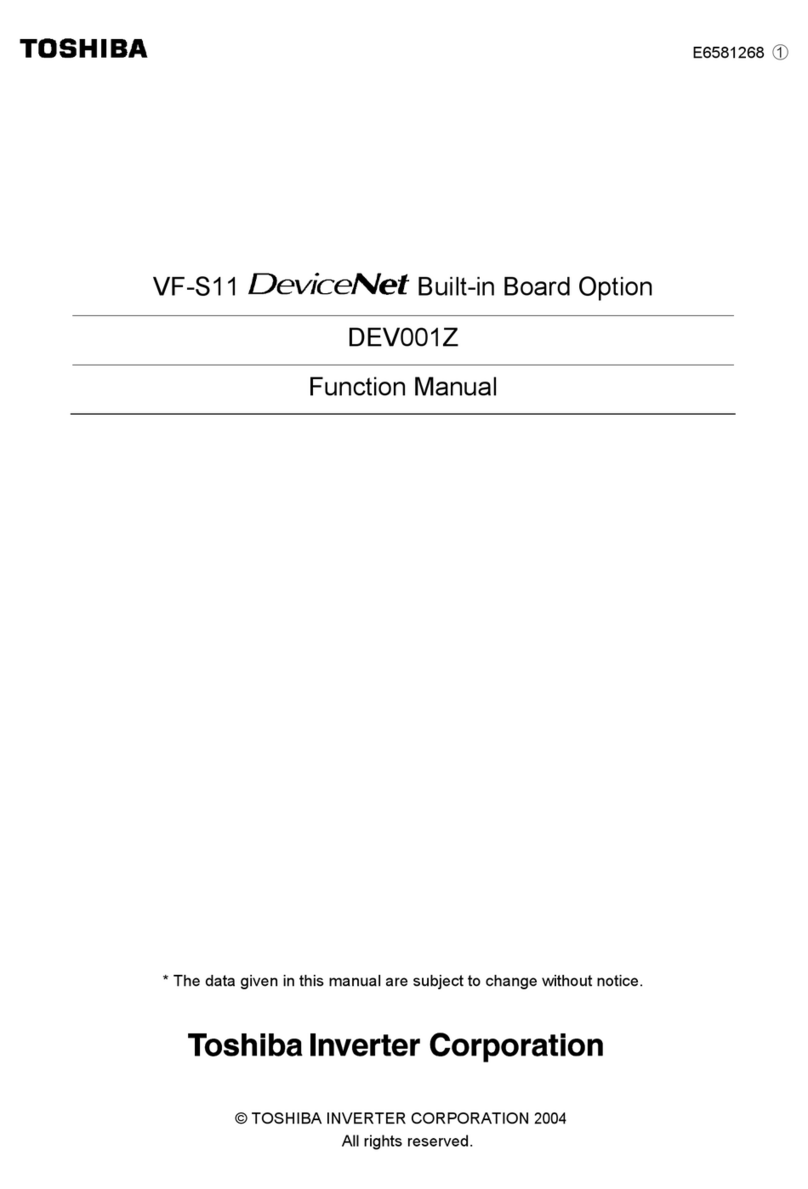
Toshiba
Toshiba DEV001Z Parts list manual

Toshiba
Toshiba G3 TOSVERT-130 User manual

Toshiba
Toshiba TOSVERT VF-S15 series User manual
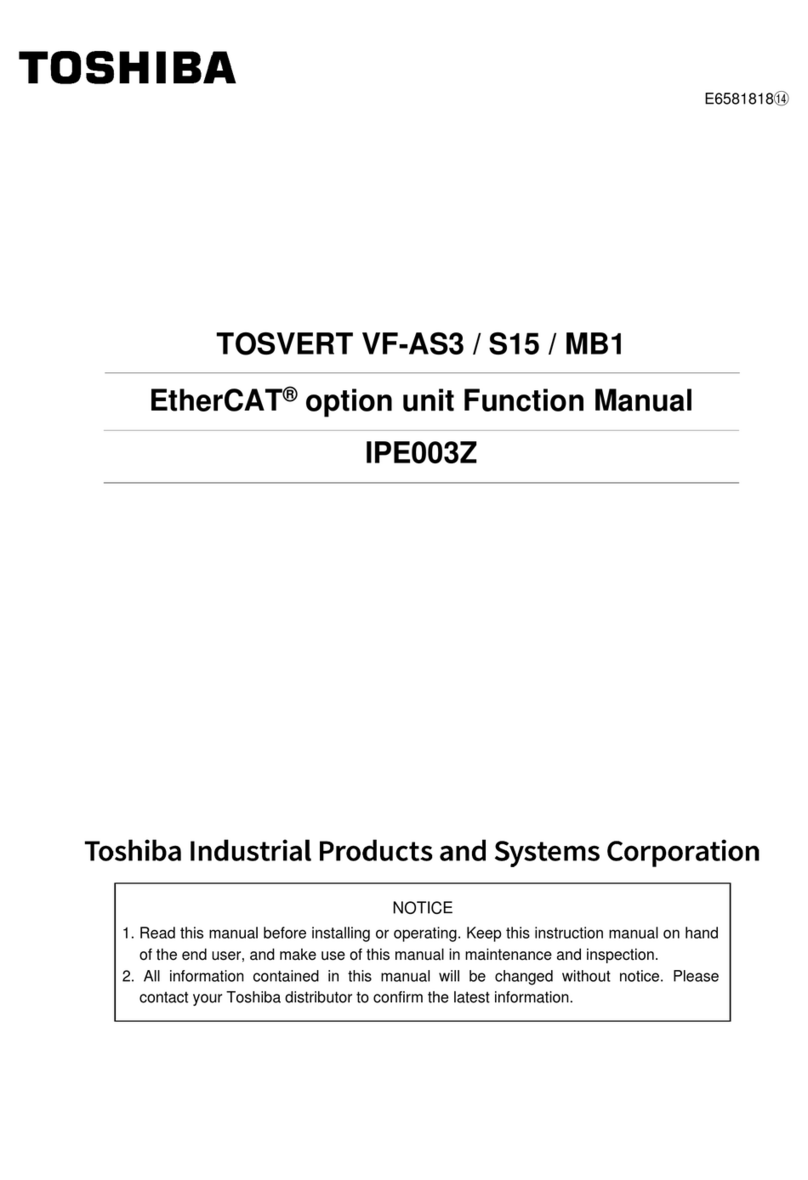
Toshiba
Toshiba TOSVERT VF-AS3 User manual
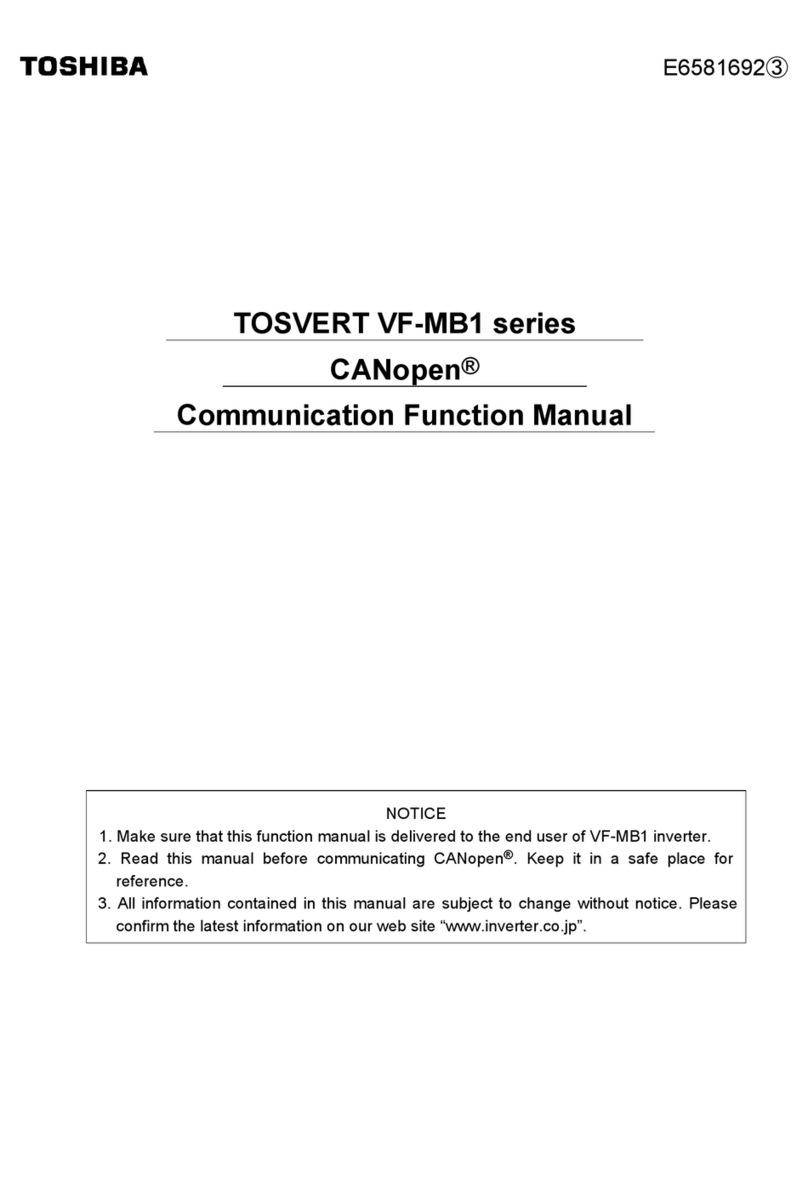
Toshiba
Toshiba TOSVERT VF-MB1 User manual
Popular Inverter manuals by other brands

BARRON
BARRON EXITRONIX Tucson Micro Series installation instructions

Baumer
Baumer HUBNER TDP 0,2 Series Mounting and operating instructions

electroil
electroil ITTPD11W-RS-BC Operation and Maintenance Handbook

Silicon Solar
Silicon Solar TPS555-1230 instruction manual

Mission Critical
Mission Critical Xantrex Freedom SW-RVC owner's guide

HP
HP 3312A Operating and service manual
